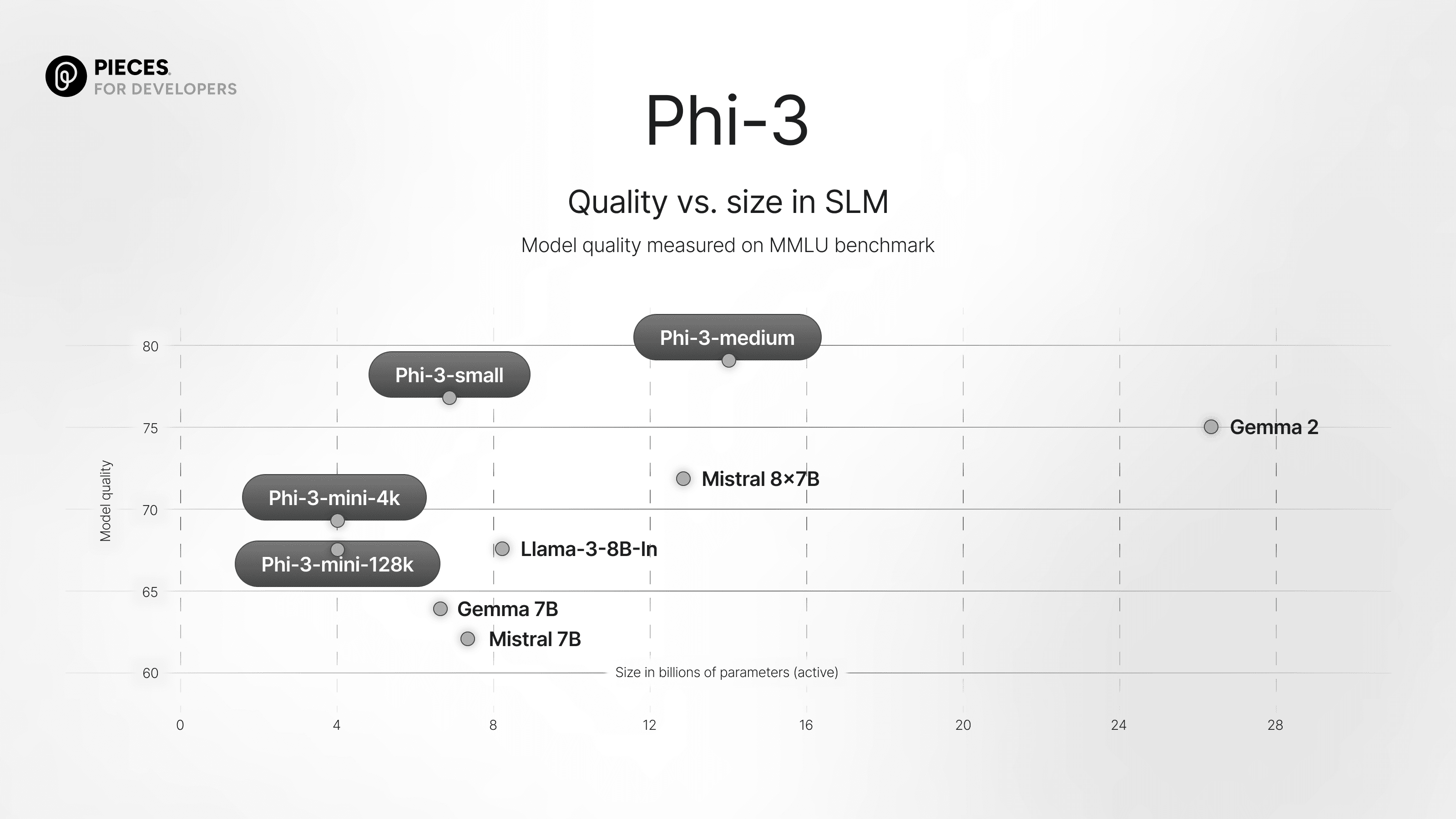OCR for Code: Turning Screenshots into Code

Pieces has refined OCR technology to accurately recognize code from screenshots. Building on the Tesseract engine, they've added pre- and post-processing steps to handle various programming environments (light/dark mode), noisy backgrounds, and low-resolution images. Image preprocessing, including dark mode inversion, noise reduction, and resolution enhancement, along with post-processing to restore code indentation, significantly improves accuracy. They use Levenshtein distance to evaluate model performance and experimentally selected efficient image upsampling. This technology allows developers to easily convert code screenshots into editable code, boosting development efficiency.
Read more
